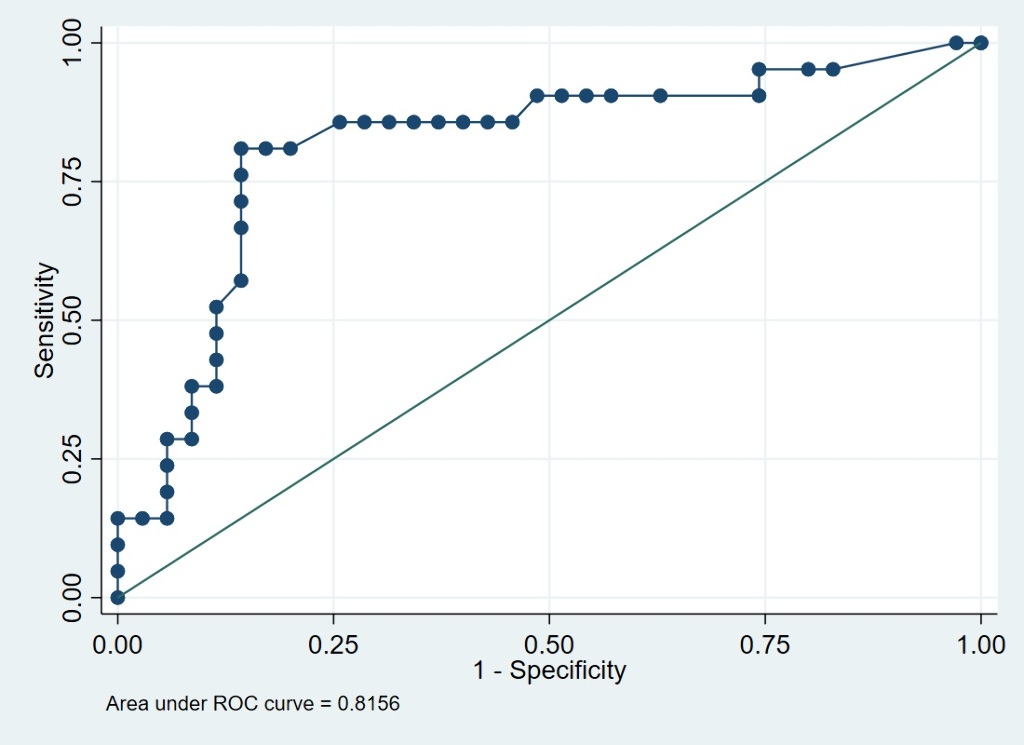MULTIPARAMETRIC MODEL FOR PREDICTION OF ACTIVE MALIGNANCY IN STROKE PATIENTS
- Morin Beyeler (Switzerland)
Abstract
Background And Aims
To detect occult malignancy which determines early treatment decisions, patient outcome and guidance of secondary prevention as a stroke etiology, we aimed to develop a multiparametric predictive model of malignancy-related stroke based on associated biomarkers.
Methods
Single-center cross-sectional study including consecutive first-ever ischemic stroke patients treated between July 2017 and November 2018. After identification of patients with a diagnosis of active malignancy before index-stroke (known malignancy) and 1-year thereafter (occult malignancy), Lasso analysis of logistic regression and cross-validation by bootstrapping were used to determine discrimination and calibration of prespecified clinical variables and biomarkers for active malignancy.
Results
Among 1001 patients with first ischemic stroke, 61 patients (6.09%) had an active malignancy. Out of those, 39 patients (64%) had a known malignancy and 22 patients (36%) had an occult malignancy. The final risk algorithm for active malignancy included multi-territorial infarcts (aOR 2.4, 95% CI 1.3- 4.6, P=0.006), anemia (aOR 4.2, 95% CI 1.6 – 11, P=0.003), elevated D-dimer levels (aOR 3.1, 95% CI 1.1 – 9.0, P=0.034) and male sex (aOR 1.9, 95% CI 1.0 – 3.4, P=0.042). The area under the Receiver Operating Characteristic curve of the selected multiparametric model was 0.8156 (Figure 1).

Conclusions
The combination of malignancy-related stroke biomarkers increases the prediction of underlying malignancy in stroke patients and may improve the detection of occult malignancy at the index-hospitalisation. Prospective studies for validation of a predictive score and identification of other malignancy-related biomarkers in stroke-patients are needed.